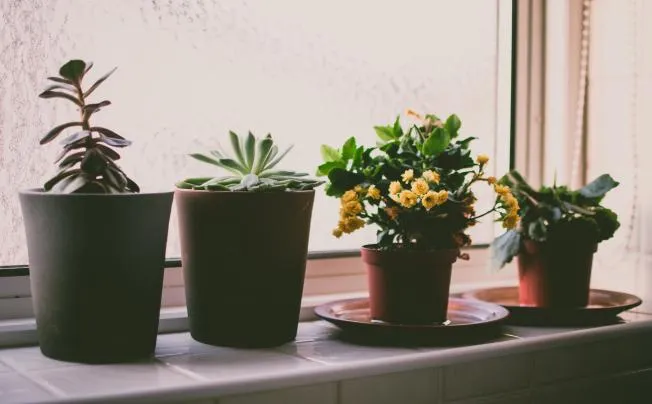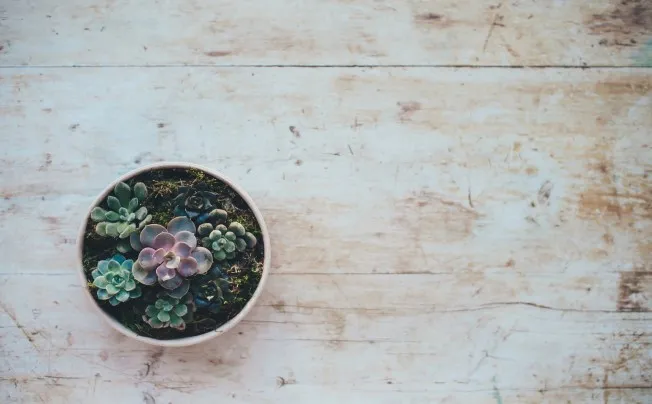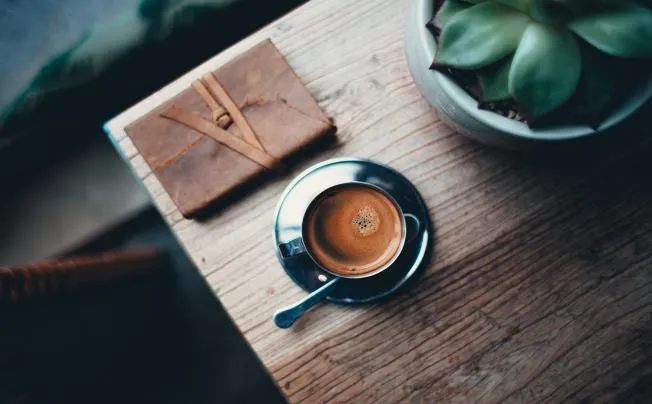Do Plants Grow Well In Metal Pots?
There are benefits and drawbacks to metal flower pots. Which flowers and plants can be grown in metal flower pots?
Advantages of Metal Flower Pots
Flower pots made of metal are incredibly durable. Consider flower pots made of stainless steel. Because of their material qualities, they are highly resistant to corrosion, can withstand moisture well, and are difficult to rust, all of which make them ideal for outdoor flower growing. Additionally, the structure is robust and may successfully shield the plant roots from impacts or high winds. On the other hand, plastic flower pots may deteriorate and age with prolonged use or exposure to harsh conditions, while ceramic flower pots are brittle and prone to deterioration.
When it comes to aesthetics, metal flower pots are one-of-a-kind. They can be surface-polished to have a smooth surface like a mirror, clear brightness, and add a modern and fashionable feel to the space; brushed stainless steel flower pots have a matte texture with silk-like texture marks, which are more upscale and wear-resistant; and they can be plated with rose gold, titanium, and bronze to make them colourful and match a variety of home or garden styles, whether they are simple modern or retro European.
Additionally, metal flower pots can produce a special growing environment for plants. Metal has strong thermal conductivity, yet in some situations, this quality can also be advantageous. It can absorb ambient heat more quickly in the spring and autumn, raising the soil's temperature somewhat, which is good for plant root development, particularly for some thermophilic plants. Furthermore, tall plants or plants with heavy limbs may not topple over because metal flower pots are typically strong and can offer plants steady support.

Disadvantages of Metal Flower Pots
Metal flower pots are not flawless and have certain drawbacks as well. Because metal has a high thermal conductivity, they will absorb heat quickly during hot summer temperatures, leaving the soil too hot, which can burn plant roots and prevent plants from growing normally.
Furthermore, the air permeability of metal flower containers is low. Normal physiological processes depend on oxygen being breathed by plant roots, and metal objects hinder air circulation, which results in low soil oxygen levels and carbon dioxide buildup. This will impact the root system's ability to breathe, which can subsequently impact its growth and development and, in extreme situations, may result in root rot. Furthermore, metal flower pots might not have the best drainage. Water buildup is easily caused by an improperly built drainage hole at the bottom of the pot, which exacerbates the root hypoxia issue.
Furthermore, certain metal elements could be detrimental to the growth of plants. Certain metals may release ions that are detrimental to plants after interacting with soil parameters including pH and moisture content. Iron flower pots, for instance, could rust in a moist setting. When rust releases too many iron ions, it can alter the soil's chemical composition and poison certain iron-sensitive plants.
Plant Types That Are Suitable for Metal Flower Pots
You can plant a lot of plants in metal pots. Cacti, aloe vera, and jade dew are examples of succulent plants that are a suitable option. Their needs for drainage and air permeability are great, and they like dry conditions. Metal pots' enhanced drainage and air permeability can accommodate their growing requirements, and the sturdy design of the pots accentuates the distinctive shape of succulents.
You can also put geraniums in metal pots. Being a sun-loving flower, it needs plenty of sunlight and soil that drains properly. Such circumstances can be created in metal pots to support the healthy growth of geraniums. Its vibrant blooms and the metal pots' texture go well together and are really decorative.
Furthermore, flowers that require a lot of drainage and love the sun, like jasmine, sunflowers, and petunias, can also flourish in metal pots. Jasmine is fragrant, sunflowers are vibrant, and petunias are rich in colour. Metal pots give a special charm to any setting, whether they are set on outdoor courtyards or indoor windowsills.

Tips for using metal flower pots
Placement of metal flower pots in a sensible location is essential. In order to prevent plants from growing too tall due to a lack of light, metal flower pots can be placed indoors close to windows and in an area with good ventilation. Similar to the living room windowsill, sunshine may reach the plants through the window and give them the light they require for photosynthesis. When placing metal flower pots outside, select a covered spot, like beneath a large tree or a sunshade, to keep the pots from being exposed for an extended period of time during the summer and to keep the roots of the plants safe from being harmed by too hot or too cold soil.
Depending on the season and the circumstances around plant growth, the frequency of watering should be modified. Because of the high temperatures and rapid evaporation of water, metal flower pots also lose heat quickly in the summer. To keep the soil moist while preventing water buildup, more frequent waterings are required. You can water every one to two days. It is also necessary to observe the particular circumstances. Put a finger 2–3 cm into the ground. Water it if it feels dry. Wintertime brings cold temperatures, slower plant growth, and less water consumption. Watering should be done less frequently, perhaps every three to five days.
Choosing the right soil is also essential for plant growth in metal flower pots. Choose soil that is loose, breathable, and well-drained. For instance, to enhance the poor air permeability and drainage of metal flower pots, you can combine leaf mould, peat soil, and perlite in a 3:2:1 ratio to create a favourable growing environment for plant roots. To supply enough nutrients for plant growth, you can simultaneously apply a suitable quantity of organic fertiliser to the soil.

Selected Blogs
-
What customization services are available for metalworking customization?
2024-12-12
-
What Is The Difference Between A Plant Container And A Raised Bed?
2024-04-23
-
Garden Screening & Fence Panels
2024-04-23
-
Gardening pot selection tips
2024-04-17
-
The function and collocation of horticultural fire pot
2024-04-17


